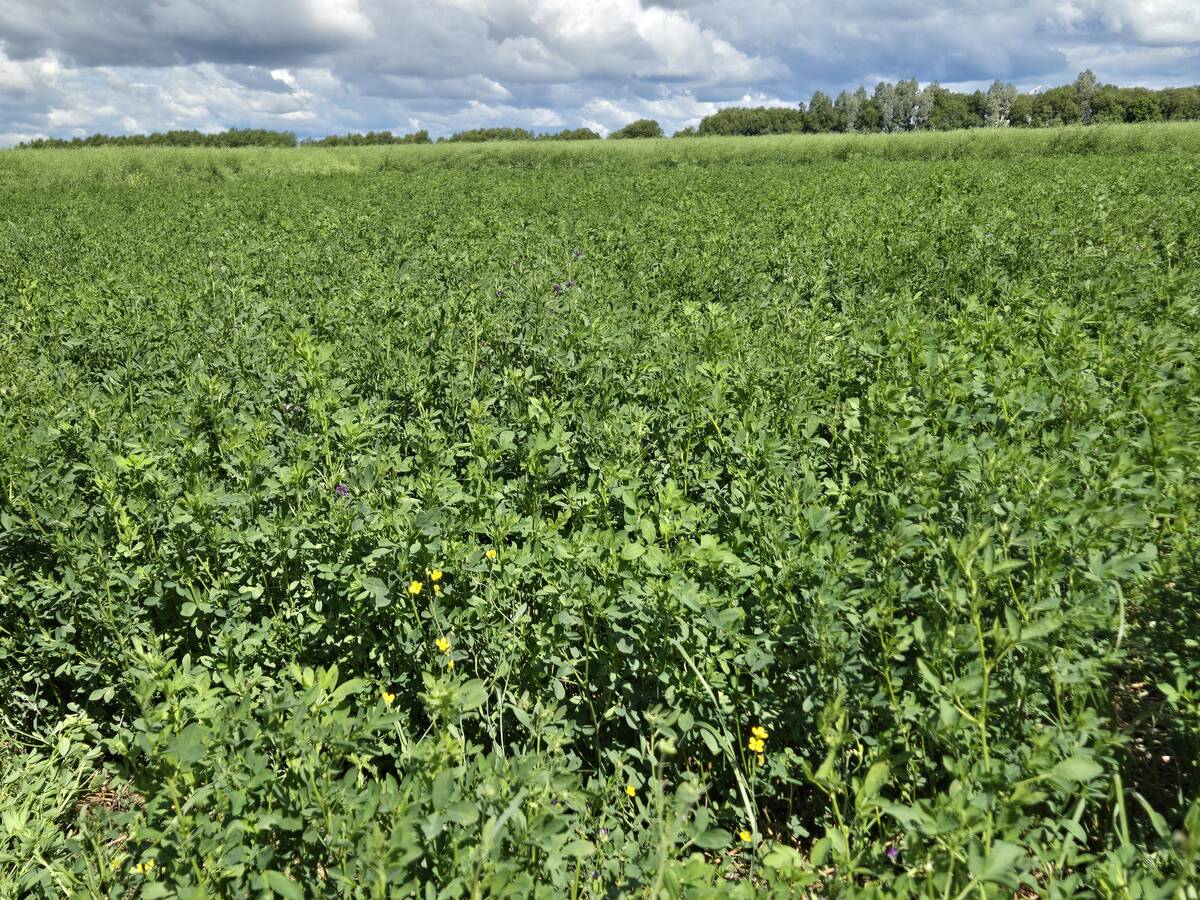Industry officials are applauding Saskatchewan’s quick move to control chronic wasting disease, after it was found in a wild mule deer.
It is the first confirmed case of CWD in the Canadian wild.
“Obviously we’re very concerned, although it’s just one case,” said Saskatchewan Wildlife Federation executive director Lorne Scott.
A hunter, who asked that his name not be revealed, shot the 21/2-year-old mule deer buck south of Lloydminster and 10 kilometres from the Alberta border last fall.
He sent the head in for testing as part of Saskatchewan Environment’s voluntary program.
Read Also

Manitoba Parkland research station grapples with dry year
Drought conditions in northwestern Manitoba have forced researchers at the Parkland Crop Diversification Foundation to terminate some projects and reseed others.
The province announced the positive test and a control strategy on April 5.
“Our goal is to eliminate this disease in the wild,” said environment minister Buckley Belanger.
However, no one really knows how widespread it might be.
More than 3,000 farmed elk and deer have been destroyed on Saskatchewan game farms in the past year, some because they tested positive and others because they were exposed to CWD. The mule deer was shot 100 kilometres from the nearest infected farm.
Officials do not know if the disease was transmitted from game farms.
The province tested more than 300 heads from wild deer and elk between 1997 and 1999, and all were negative. Last year, 1,400 were submitted. About half have been tested.
Belanger said heads from the same area will be tested as soon as possible.
He said he does not believe the disease is widespread in the wild. His department plans to determine the level and extent of infection, reduce it to zero and monitor for infected animals outside the risk area where the mule deer was found.
As part of the plan, the province intends to triple the number of deer and elk that hunters can kill this fall in the risk area.
It will reduce artificial feeding of wild animals in that area so they don’t congregate, and is asking that hunters in all areas submit more deer and elk heads for testing.
Ted Leighton, co-director of the Canadian Co-operative Wildlife Health Centre in Saskatoon, said the province’s plan is sound, considering how little is known about CWD.
“They’re taking a fairly measured and sensible action and taking the kind of action that allows us to learn as we go and plan accordingly.”
The centre is involved in testing the heads.
The Canadian Cervid Council said it supports increased monitoring and surveillance in the area where the mule deer was found.
Brenda McLash, of the Saskatchewan Elk Breeders Association, said the government is handling the issue responsibly.
“We do hope that (the incidence of CWD) is on just a very small scale.”
Meanwhile, David Butler-Jones, the province’s chief medical health officer, said people should not be alarmed.
“The fact that CWD has not been found to spread beyond deer and elk, in spite of trying to infect cattle and bison and others who are much more closely related than we are to the elk, is very reassuring,” he said.
“It makes the possibility of human infection rarer than rare.”
However, he said common sense should tell people not to eat meat from infected animals.

















